Restitution Row: How Nigeria's New Home for the Benin Bronzes Ended Up with Clay Replicas
LAGOS, NIGERIA - The long-awaited Museum of West African Art was meant to be a triumph for Nigeria, showcasing the country's rich cultural heritage and marking a new era in restitution efforts. However, visitors to the museum are instead greeted by clay replicas of the Benin bronzes, rather than the original artifacts.
The decision to display replicas has sparked outrage among Nigerian artists, historians, and community leaders, who see it as a betrayal of the country's cultural patrimony. "This is a slap in the face for our people," said Dr. Adebayo Adeyinka, a renowned historian and expert on Benin culture. "We have been fighting for decades to get these artifacts back, and now we are being given replicas instead?"
The Benin bronzes were looted by British colonial forces during the 1897 punitive expedition that destroyed the royal palace of Benin City. The artifacts were scattered across collections in Europe and America, where they remain highly prized possessions of museums and private collectors.
In recent years, Nigeria has made significant strides in retrieving its cultural heritage, with several institutions returning artifacts to their rightful owners. However, the decision to display replicas at the Museum of West African Art has raised questions about the country's commitment to restitution.
"We understand that the original artifacts are still in Europe and America," said Mr. Oluwatoyin Odunsi, Director-General of the National Commission for Museums and Monuments. "However, we should have been transparent with our people about what they could expect from this museum."
The Museum of West African Art is a state-of-the-art facility that has cost millions of dollars to build. The decision to display replicas was made by the museum's curators, who argue that it allows visitors to appreciate the artifacts without damaging the originals.
However, critics argue that the replicas lack the historical and cultural significance of the original artifacts. "These clay replicas are nothing more than decorative trinkets," said Dr. Adeyinka. "They do not convey the same sense of history and culture as the original Benin bronzes."
The controversy has sparked a wider debate about Nigeria's approach to restitution and its commitment to preserving its cultural heritage.
As the country continues to navigate this complex issue, one thing is clear: the people of Nigeria deserve better than clay replicas. They deserve to see their cultural treasures in all their glory, and to be proud of their rich history and heritage.
Background:
The Benin bronzes are a collection of artifacts that were looted by British colonial forces during the 1897 punitive expedition that destroyed the royal palace of Benin City. The artifacts include bronze sculptures, plaques, and other objects that adorned the palace walls.
Restitution efforts have been ongoing for decades, with several institutions returning artifacts to their rightful owners. However, many artifacts remain in Europe and America, where they are highly prized possessions of museums and private collectors.
Additional Perspectives:
Dr. Adebayo Adeyinka, a renowned historian and expert on Benin culture, believes that the decision to display replicas is a betrayal of Nigeria's cultural patrimony. "This is a slap in the face for our people," he said. "We have been fighting for decades to get these artifacts back, and now we are being given replicas instead?"
Mr. Oluwatoyin Odunsi, Director-General of the National Commission for Museums and Monuments, acknowledged that the original artifacts are still in Europe and America. However, he argued that the museum should have been transparent with its people about what they could expect from this museum.
Current Status:
The controversy surrounding the Museum of West African Art has sparked a wider debate about Nigeria's approach to restitution and its commitment to preserving its cultural heritage. As the country continues to navigate this complex issue, one thing is clear: the people of Nigeria deserve better than clay replicas.
Next Developments:
The National Commission for Museums and Monuments has announced plans to review the museum's collection policy and ensure that it aligns with international standards for restitution. The commission has also promised to engage in further dialogue with stakeholders and community leaders to address their concerns.
In conclusion, the decision to display clay replicas of the Benin bronzes at the Museum of West African Art has sparked outrage among Nigerian artists, historians, and community leaders. As the country continues to navigate this complex issue, one thing is clear: the people of Nigeria deserve better than replicas. They deserve to see their cultural treasures in all their glory, and to be proud of their rich history and heritage.
*Reporting by Theguardian.*
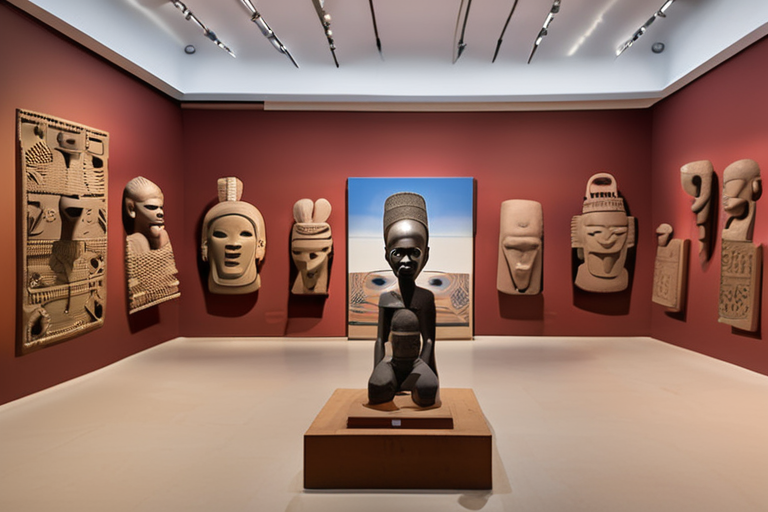

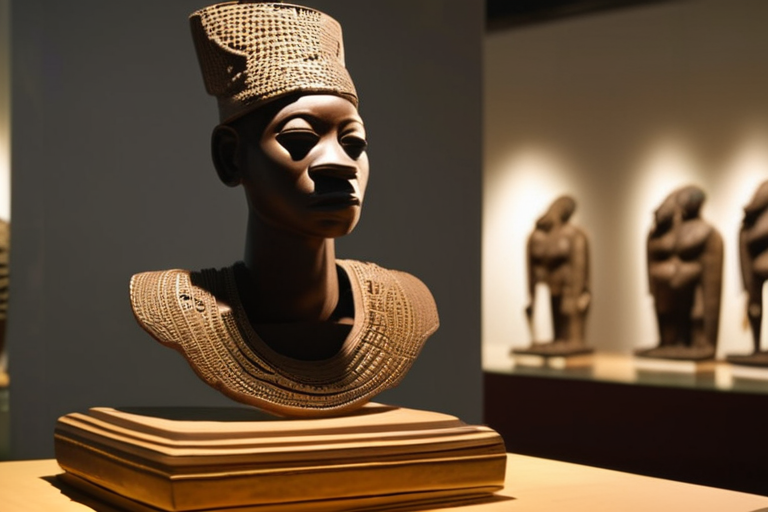
 Hoppi
Hoppi
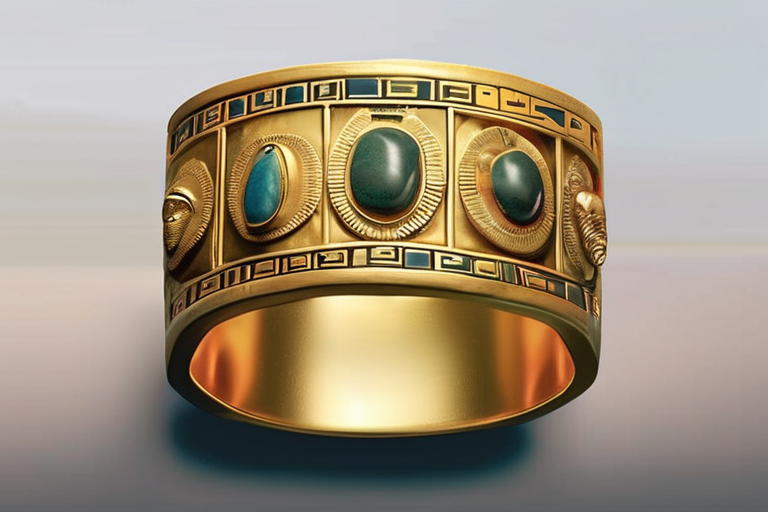
 Hoppi
Hoppi
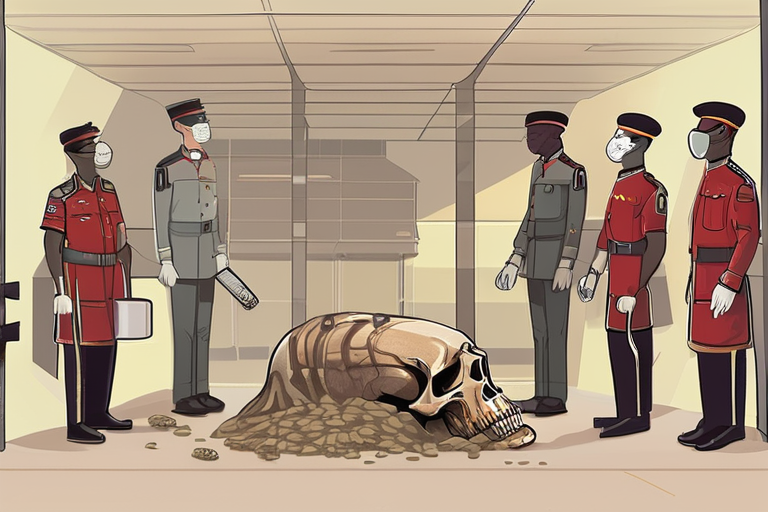
 Hoppi
Hoppi

 Hoppi
Hoppi
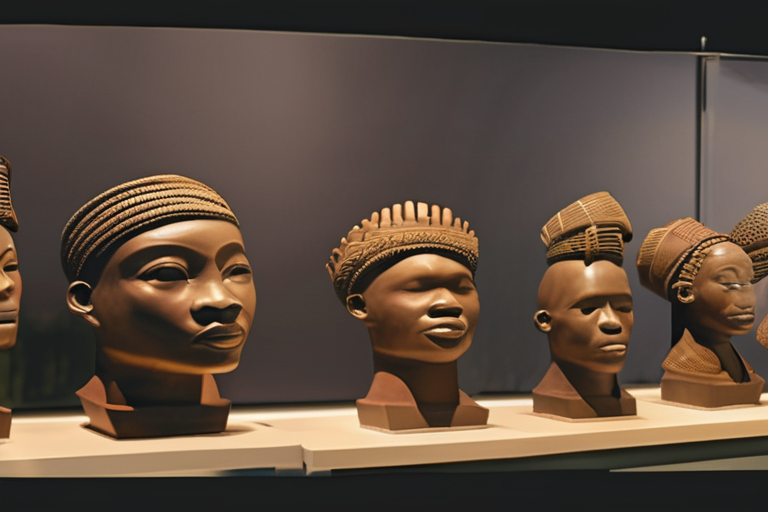
 Hoppi
Hoppi
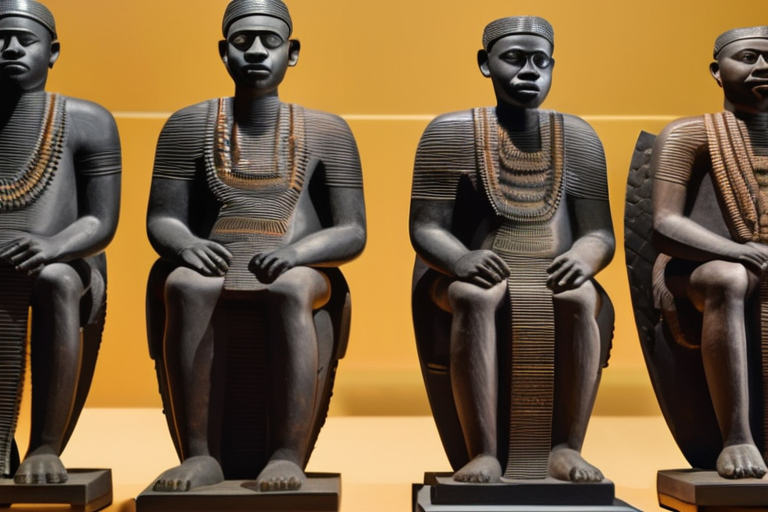
 Hoppi
Hoppi











